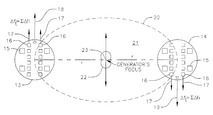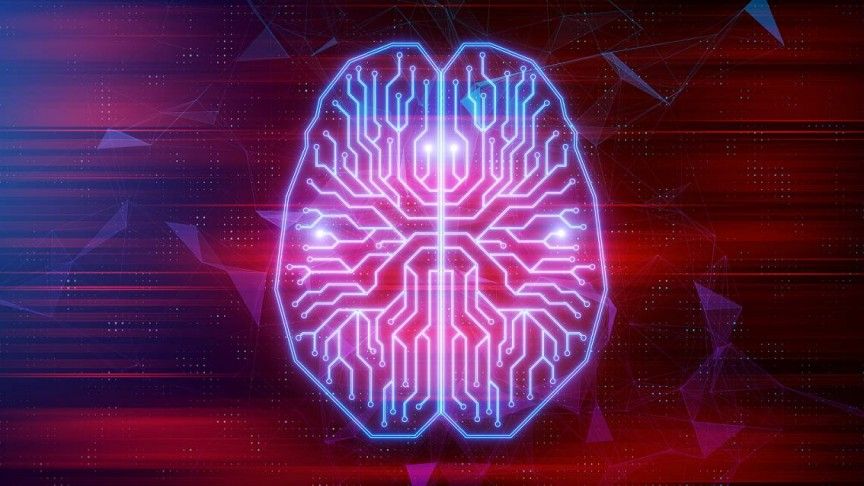Archive for the ‘computing’ category: Page 623
Jun 8, 2019
Regenerative medicine breakthrough: Can a small chip ‘heal’ entire organs?
Posted by Quinn Sena in categories: biotech/medical, computing, life extension
A groundbreaking new cell reprogramming device can turn existing cells into any other type of cell, repairing tissue and organs in mice.
A gravitational wave generating device comprising an energizing means such as magnetrons, which act upon energizable elements such as film bulk acoustic resonators or FBARs. A computer that controls the magnetrons’ phase. A gravitational wave generation device that exhibits directivity and forms a gravitational-wave beam. The utilization of a medium in which the gravitational wave speed is reduced in order to effect refraction of the gravitational wave and be a gravitational wave lens. A gravitational wave generator device that can be directed in order to propel an object by its momentum or by changing the gravitational field nearby the object to urge it in a preferred direction and be a propulsion means.
Jun 8, 2019
This ‘Universe in a Box’ Has Enough Astronomical Data to Fill 30,000 Wikipedias
Posted by Quinn Sena in categories: computing, space
Adding to the largest astronomical data set ever assembled online, the Pan-STARRS telescope has posted 1.6 petabytes of data.
Jun 7, 2019
The theory of everything: The universe is ‘like a COMPUTER underlined
Posted by Quinn Sena in categories: computing, space
Jun 7, 2019
Quantum chemistry on quantum computers
Posted by Quinn Sena in categories: chemistry, computing, particle physics, quantum physics
The special properties of quantum computers should make them ideal for accurately modelling chemical systems, Philip Ball discovers.
‘If you want to make a simulation of nature,’ the legendary physicist Richard Feynman advised in 1981, ‘you’d better make it quantum-mechanical.’ By ‘nature’, Feynman meant ‘stuff’: the particles and atoms and molecules we’re made from. His comment came in a talk published the following year, and is generally regarded as the founding text of quantum computing. It now looks even more prophetic than ever.
For although we are constantly told that the unique selling point of quantum computers is their enormous speed compared with the classical devices we currently use – a speed-up that exploits the counterintuitive laws of quantum mechanics – it seems that the most immediate benefit will be the one Feynman identified in the first place: we’ll be able to simulate nature better.
In keeping with the spirit of the age, researchers can think of the laws of physics as computer programs and the universe as a computer.
- By Seth Lloyd, Y. Jack Ng on April 1, 2007
Jun 6, 2019
Spacetime Geometry near Rotating Black Holes Acts Like Quantum Computer, Physicist Says
Posted by Quinn Sena in categories: computing, cosmology, quantum physics
According to a theoretical paper published in the Annals of Physics, by Dr. Ovidiu Racorean from the General Direction of Information Technology in Bucharest, Romania, the geometry of spacetime around a rapidly spinning black hole (Kerr black hole) behaves like a quantum computer, and it can encode photons with quantum messages.
Jun 6, 2019
How Peter Shor’s Algorithm is Destined to Put an End to Modern Encryption
Posted by Quinn Sena in categories: computing, encryption, information science, internet, quantum physics
RSA Encryption is an essential safeguard for our online communications. It was also destined to fail even before the Internet made RSA necessary, thanks the work of Peter Shor, whose algorithm in 1994 proved quantum computers could actually be used to solve problems classical computers could not.
Jun 5, 2019
China Has Released A Computer Chip That ‘Talks’ To Your Brain
Posted by Paul Battista in categories: computing, neuroscience
Brain computer interfaces (BCIs) promise to allow communication between brains and computer devices. The “Brain Talker” is a new model that looks set to make the technology go mainstream.


















